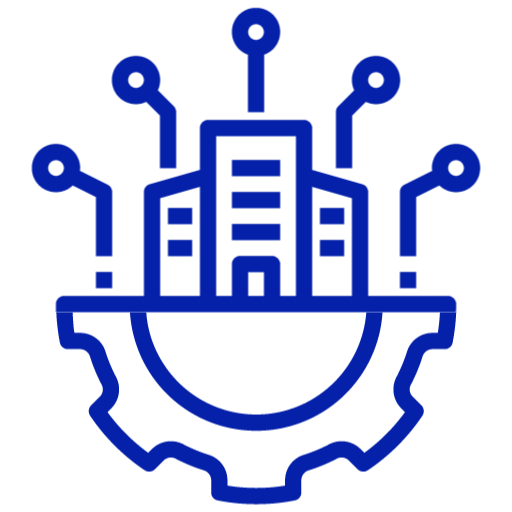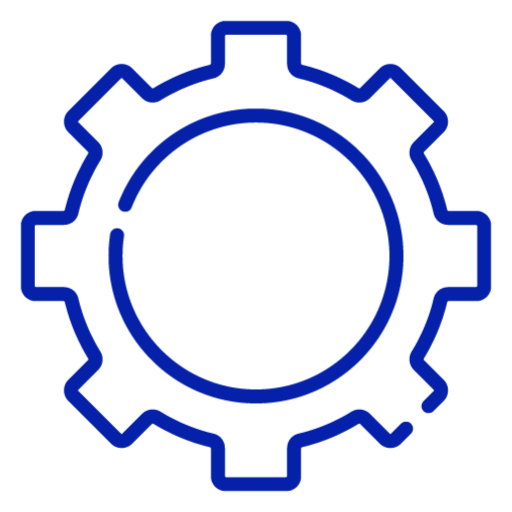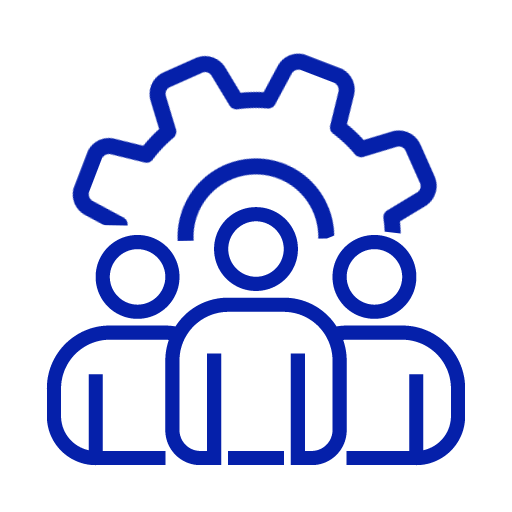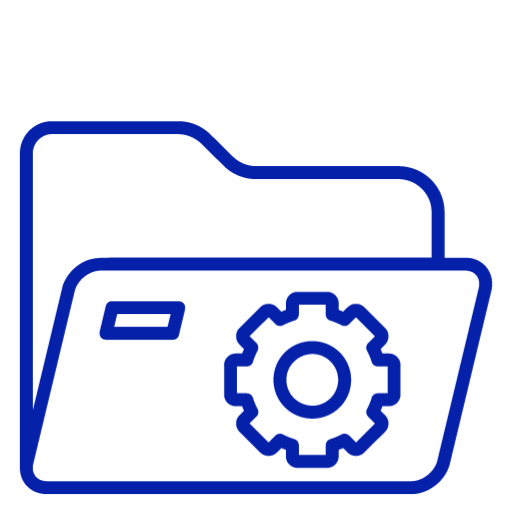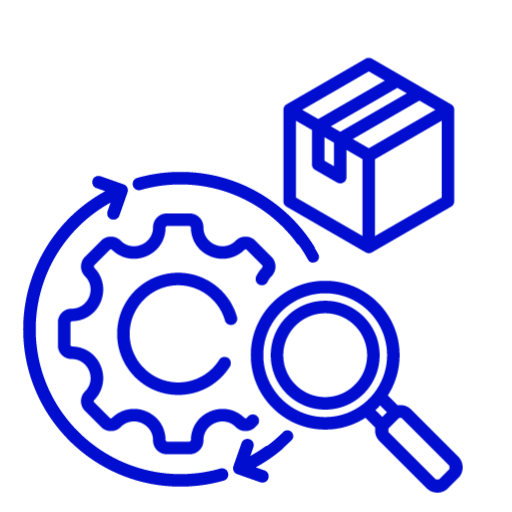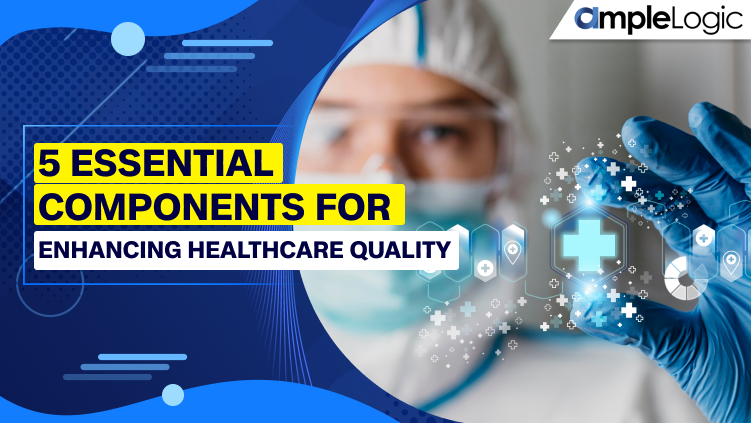
The complexities of quality improvement within the pharmaceutical realm present a tough challenge. As the healthcare landscape evolves, aligning industry shifts across diverse organizational levels and processes remains formidable. An effective strategy to address these challenges involves harnessing well-established quality improvement methodologies alongside emerging technologies.
Quality Improvement in Pharmaceuticals
Quality improvement in healthcare is a multifaceted endeavor to enhance patient experiences and outcomes. The pharmaceutical sector, a pivotal segment of healthcare, is no exception. Quality improvement’s goal encompasses qualitative and quantitative enhancements, critically shaping the healthcare landscape. By achieving these improvements, healthcare providers can reduce costs and open avenues to advanced technologies that pave the way for future growth.
Influence of Quality Enhancements on Healthcare Performance
The correlation between quality improvements and healthcare performance is undeniable. Greater and more effective quality enhancements yield heightened performance levels. Healthcare organizations entrenched in conventional methods and practices risk stagnation in their performance growth. Embracing quality improvements offers a unique opportunity to overhaul inefficient systems, directing focus toward impactful initiatives. A prime example is the transition to digital records for patient health analysis or employing software solutions for streamlined record-keeping. For pharmaceutical manufacturers, dedicated quality management software systems are available, ensuring product and process quality using standardization and industry best practices.
Perks of Healthcare Quality Improvement
The realm of healthcare quality improvements offers several undeniable benefits which collectively augment health services’ quality while effectively managing costs, namely:
- Enhanced clarity and accessibility of patient health records.
- Centralized storage of patient medical histories through Electronic Health Records (EHR).
- Enhanced precision in results generation.
- Reduced time for initiating new healthcare strategies.
- Provision of expert consultation and analytics when needed.
The Framework of Quality Improvement Programs
Successful quality improvement programs pivot around five foundational components:

- The Problem: Quality improvements emerge in response to specific issues requiring resolution. A thorough understanding of the issue aids in choosing the most suitable improvement initiative.
- The Goal: Defining improvement goals can be intricate, given the array of benefits associated with each improvement initiative. Leaders must scrutinize returns on investment and cost-effectiveness to identify the optimal goals.
- The Aim: Breaking improvement processes into manageable blocks facilitates goal attainment. Different teams can manage these blocks, expediting the overall achievement of the goal.
- The Measures: Distinction between results and improvements is paramount. Understanding baseline data versus actual outcomes is pivotal to evaluating the effectiveness of improvement interventions.
- The Analytics: Analytics provide invaluable insights amidst the complex realm of healthcare quality improvements. They enable easy assessment of care quality, patient experience, and the effectiveness of improvement initiatives.
Forward Path: Leveraging Quality Improvements in Pharmaceuticals
Quality improvements are instrumental in reshaping the pharmaceutical landscape. Their transformative potential is substantial, forming an essential cornerstone of healthcare progress. While adapting to the rapid pace of quality improvement may be challenging, healthcare institutions must identify the right direction to achieve strategic improvement goals. These improvements align with the ultimate aim of providing quality care that is cost-effective, accessible, and enriched with enhanced patient experiences. Leveraging robust quality management systems, such as Amplelogic’s Quality Management software, ensures a streamlined, standardized, and compliant approach to quality improvements. In addition, it offers flexibility, scalability, and reliability, propelling healthcare organizations toward their goals of excellence.













